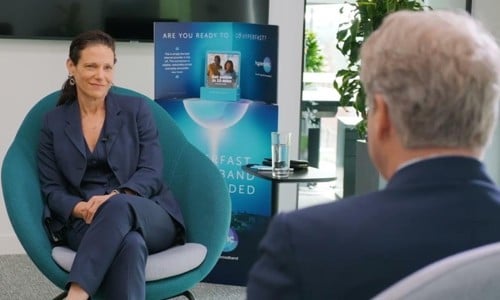To test or not to test...
Being a Test and Measurement company, it’s normal that we preach about fiber characterization and its benefits. Most of the time, testing won’t reveal any issues, but in some cases a single untested event can lead to unnecessary expenses that would otherwise be money in the bank. Of course, in this case, the expenses would offset all the gains provided by not testing, and then some...
Check out the following conversation between a service provider (SPr) and a system vendor (SVr). The text has been lightly edited to protect the identities of those involved, and to remove sections not relevant to the topic. Hopefully, this dialogue will help you see testing in a different way...
For reference, this discussion started on July 3, 2013.
SVr: “Wanted to check with you on how you wanted to proceed with this case, since we were able to take the alternate path successfully.”
SPr: I would like to keep this case open, the customer is on the alternate path and is stable. I am working to fix the issue between two locations, and once that issue is resolved I want to build them on the highlighted path, following which, we can call this resolved.
SVr: “We held a teleconference and we discussed the new design with MetroCor (MC) fiber span.”
- The span from site C to site B has 38 km of MetroCor fiber
- The span is then split with SMF-28 and MetroCor (39 km of MC and 62 km of SMF-28)
- We will need to lower the dispersion compensations units (DCUs) to a 750 ps in both locations.
- We will need to remove the current DCUs (1150 + 450 ps), and replace them with 750 ps DCUs (service affecting!)
SPr: “We are replacing the DCU’s.”
SVr: “Good news! After replacing this, what do you have to bring up the circuit for transmitters?”
SPr: We rebuilt the circuit, but it didn’t come up. I don’t have any time for troubleshooting this afternoon, but if we could set something up on Monday morning, that would be great.”
SVr: “A couple questions for you: So, you have both 750 DCU’s installed? Do you have OTU2 cards with tunable optics? Will there be anyone that we can pull in Monday if needed on-site?”
SPr: “750 DCUs are installed and yes, we have OTU2 cards.”
SVr: “Attempt to turn up the circuit after 750 DCU install was showing loss of frame (LOF), errors and uncorrectable words. Installed an OTU2 card, and created a circuit that showed LOF, errors and uncorrectable words. Next step: Need to confirm the span/fiber type. Removing or adding DCU values on a span is also a next step in order to attempt to clear the LOF condition.”
SPr: “The info we got from construction is as follows: total distance is 62.98 miles/100.76 km. The MetroCor is 24.19 miles/38.70 km of the 100.76 km.”
SVr: “Can we get a chromatic dispersion (CD) analyzer and OTDR on that span? We will need to remove the DCUs completely on the fiber, and then test in order to accurately determine what DCUs are required.”
** Reference note: We are now August 20th**
SPr: “We are going to test the span tomorrow; we have vendor support from EXFO.”
SVr: “We have allocated 38 km of MetroCor and 64 km of standard SMF-28 fiber for the total link. Let me know if EXFO would like to discuss this live, we can certainly help with any initial questions they may have.”
SPr: “Attached are the results for the OTDR and chromatic dispersion (CD) test. Please take a look and advise on next steps.”
EXFO: “After looking at the test results, I believe the first 2 km is SMF-28, and the rest (97 km) is MetroCor. Great job in the field acquiring this data, and I’m sure the SVr will be able to use it.”
SVr: “Thanks for digging into this. This is a real problem! The span is down into the -700 ps/nm range, and is beyond what we offer for available lasers.”
SPr: “To clarify, what we need to see is if there is a way that we can resplice using all SMFs (get off the MetroCor all together).”
SVr: “Yes that would be best!”
EXFO: “Good example of why fiber characterization and good documentation can save money, and in particular, lots of time.”
SPr: “The Design tool looks at an any-to-any link design across the network, and balances the DCUs that have been placed. However, we have to tell it what type of fiber is being used. We discovered this slowly, a partial span at a time, which is not recommended. And yes, we should get fiber characterization for each span. This is the result of not getting the proper information.”
In this case, an FTB-5700 CD-PMD Analyzer was used for troubleshooting. The last exchange of this conversation dates back to September 12, 2013 – more than two months after the initial issues.
So… was money saved in the long run by not testing? You be the judge.




